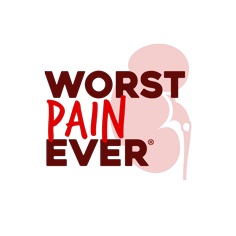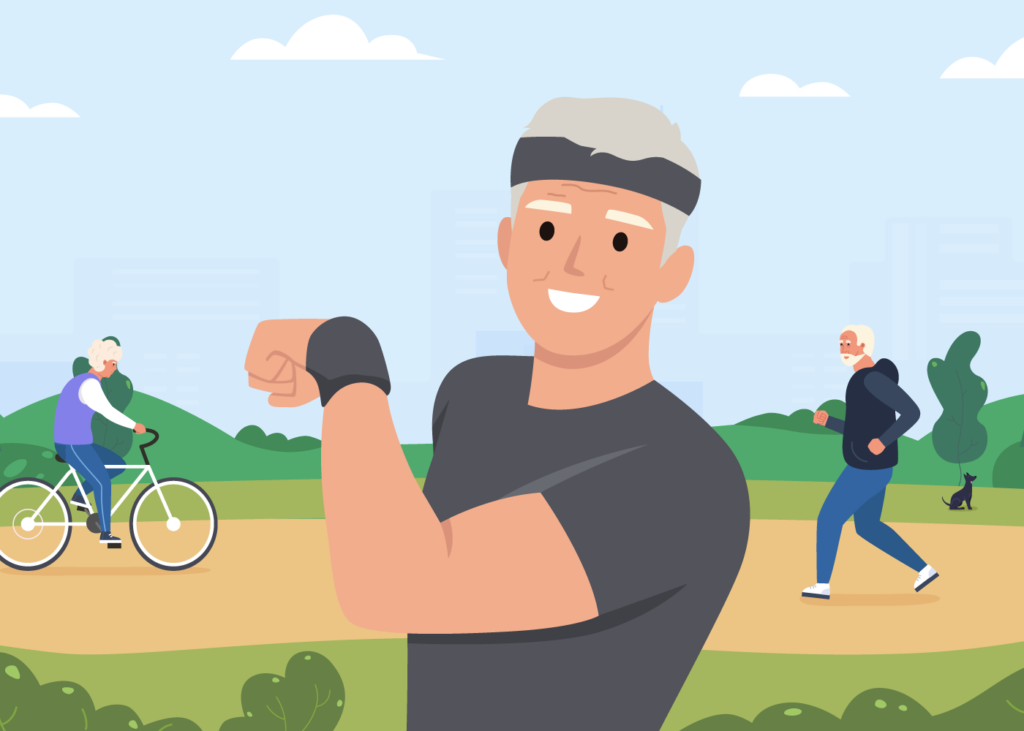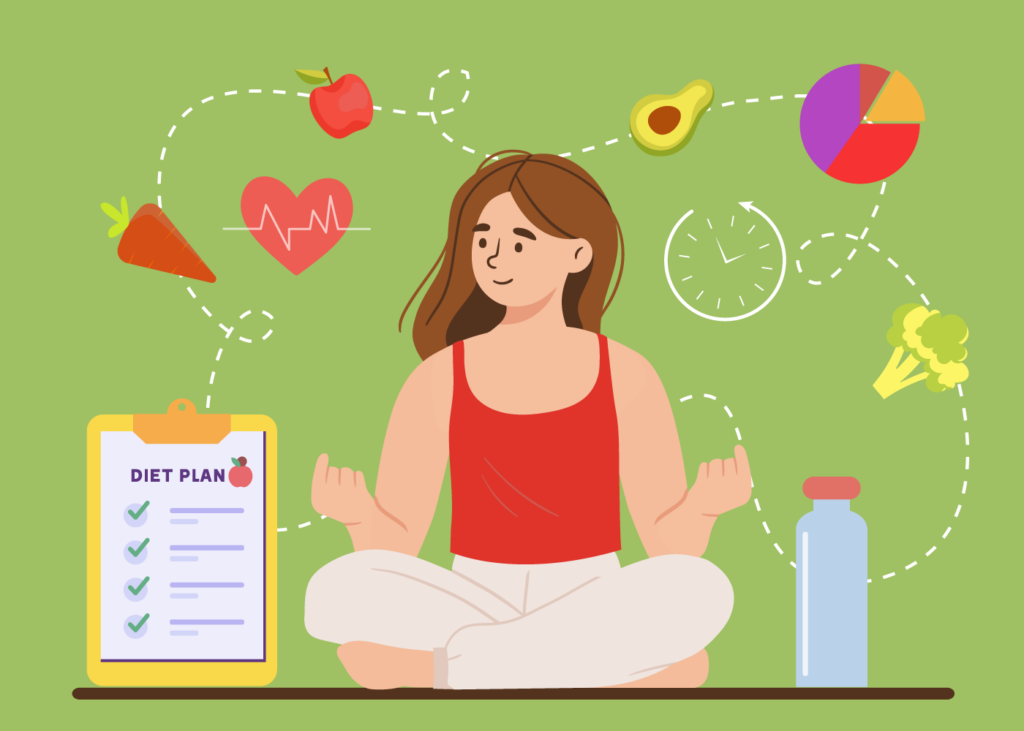Navigating restaurant menus can feel like a minefield when you’re on a mission to prevent kidney stones. After all, it may seem like every dish harbors a hidden stone trigger waiting to strike. But it doesn’t have to be this way! Melanie Betz, better known as The Kidney Dietitian, is here to share her ultimate do’s and don’ts for a worry-free night out.
The #1 trigger you should watch out for
When eating out, your #1 priority should be moderating your sodium intake – anything above 2,300 mg in one day is a red flag for kidney stones and your general health1! That’s because sodium plays a major role in kidney stone formation, by elevating calcium levels in urine2. This means there’s more free calcium present in your urine, increasing its chances of binding with oxalate to form calcium oxalate stones3.
Before you head out, make sure to:
- Plan for the Day Ahead
If you’re planning to eat out, opt for lower-sodium choices for the rest of your meals eaten that day. Takeout food usually contains way more sodium than home-cooked meals, which is why you have to be extra diligent during your meals at home and consume less sodium4.Melanie: Be sure to leave room in your daily sodium budget for a saltier meal!
- Do Your Research
Once you’ve arrived at your dining spot, take a couple of minutes to figure out what you’d like to order. Most chain restaurants provide the nutritional information of their menu offerings online, so take the time to check it out!
On the other hand, when dining in most sit-down restaurants, it can be difficult to estimate how much sodium is actually in your food. In these cases, it is necessary to use your best judgment. This article offers some good tips on how to place an order when you’re watching your sodium!
At the restaurant, keep an eye on…
- Hidden Salt
Don’t be fooled by seemingly healthy dishes – they can be laden with sodium. Take salads for example – toppings like dressings, cheese and bacon can seriously increase their sodium content. A mere 30g of Thousand Island Dressing contains 289 mg of sodium (around 2 tablespoons)5. So when you order salad the next time, remember to scan through every ingredient and eliminate that hidden salt culprit to keep the sodium down!
Melanie: Ask for salty salad toppings and salad dressing on the side to control the amount you eat, or you can have them removed entirely if you don’t like that ingredient!
- Portion Sizes
One reason why meals outside tend to be so high in sodium is because of their generous portion sizes6. To cut down on your sodium intake, why not consider eating less of it? If smaller portions leave you craving for more, go ahead and fuel up on lower sodium sides like fruit, steamed vegetables, or a salad!
Melanie: So often, we leave restaurants feeling icky and too full anyway. By eating only 50% of your food, you only eat 50% of the salt!
- Routine Choices
Rather than falling back to your “usual”, seize the opportunity to challenge yourself! Is there a way to change up your typical order to make it a little more kidney stone-friendly? Perhaps by adding a vegetable, asking for sauce on the side, or swapping fries for a salad?
And if you’re feeling brave, try ordering something new! It could help you to expand your horizons, and who knows, you may find your next go-to meal. Ultimately, asking yourself these questions could help you branch out and opt for more kidney stone-friendly options.
When in doubt, reach out for:
- Basic Salads
Simple salads have a greater variety of vegetables than other typical salad options5. They also contain less high sodium ingredients like dressing and parmesan cheese, which are commonly found in variants like Caesar salad.
- Cheese or Margarita Pizzas
Processed meats like pepperoni, ham and sausage are very high on the sodium front. By cutting down on meats and adding more vegetables to your pizza, you can reduce your sodium intake for the day and still enjoy some pizza!
Melanie: My personal favorite pizza toppings are mushrooms, peppers, onions and tomatoes!
Conclusion
Don’t let kidney stones ruin your dining experience. As long as you keep an eye on your sodium intake, dining out can be a pleasant experience. And – why stop there? Go ahead and apply these healthy habits to all your meals as well.
Melanie: “Healthy eating is about what you eat MOST of the time – your diet for months to even years is what counts!”
When it comes to kidney stones, tiny adjustments to your lifestyle can make a world of difference. With persistence and effort, you may find yourself bidding farewell to kidney stones.
Melanie Betz MS, RD, CSR, FAND is a registered dietitian who specializes in kidney stones. After working in the Section of Nephrology at the University of Chicago, she founded The Kidney Dietitian, an online platform to help people prevent kidney stones with food. Her approach to kidney stone prevention is science-based and personalized – as no kidney stone and no person is the same.
She is passionate about helping kidney stone formers enjoy eating, as well as preventing kidney stones. She has published her research investigating patient knowledge and adherence to renal diets, plant based diets in kidney disease, and the role of nutrition in kidney stone prevention. As a leader in the field, she is on the board of the Renal Dietetic Practice Group, National Kidney Foundation of Illinois and the Dietitian Advisory Group for the National Kidney Fund. You can find her at www.thekidneydietitian.org and on Instagram at @the.kidney.dietitian
Sources:
- How much sodium should I eat per day? American Heart Association. (2021). Retrieved from https://www.heart.org/en/healthy-living/healthy-eating/eat-smart/sodium/how-much-sodium-should-i-eat-per-day
- Maurier, R. (2012). Diets high in salt could deplete calcium in the body: UAlberta research. University of Alberta. Retrieved from https://www.ualberta.ca/medicine/news/2012/july/dietshighinsaltcoulddepletecalciuminthebodyualbertaresearch.html
- Calcium Oxalate Stones. National Kidney Foundation. (n.d.). Retrieved from https://www.kidney.org/atoz/content/calcium-oxalate-stone
- Goffe, L., Hillier-Brown, F., Doherty, A., Wrieden, W., Lake, A., A., Araujo-Soares, V., Summerbell, C., White, M., Adamson, A., J., Adams, J. (2016). Comparison of sodium content of meals served by independent takeaways using standard versus reduced holed salt shakers: cross-sectional study. Bio Med Central. Retrieved from: https://ijbnpa.biomedcentral.com/articles/10.1186/s12966-016-0429-z
- FoodData Central. U.S. Department of Agricultural. (n.d.). Retrieved from https://fdc.nal.usda.gov/index.html
- Portion Size Versus Serving Size. American Heart Association. (n.d.). Retrieved from: https://www.heart.org/en/healthy-living/healthy-eating/eat-smart/nutrition-basics/portion-size-versus-serving-size





